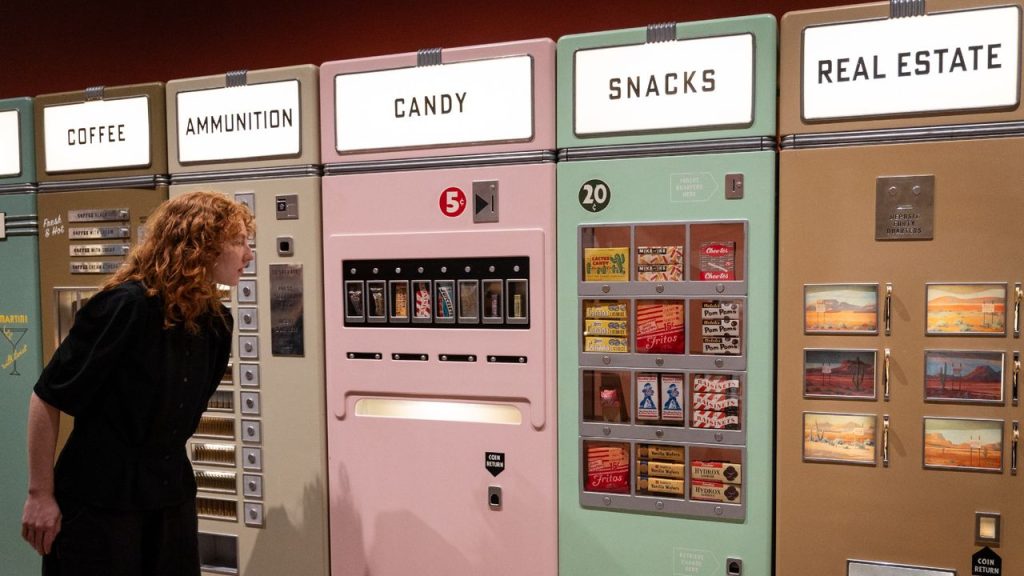There are few film directors who are as obsessed with attention to detail as Wes Anderson, said Tim Robey in The Daily Telegraph. From his debut “Bottle Rocket” 29 years ago, to this year’s “The Phoenician Scheme”, via such hits as “The Royal Tenenbaums” (2001) and “The Grand Budapest Hotel” (2014), his films have been characterised by a “finicky perfectionism” not seen since the heyday of Stanley Kubrick. Every Anderson production has an “unmistakable”, highly stylised aesthetic – whimsical, pastel-hued, crammed with details that “cry out to be noticed”: his hallmarks include “an obsession for symmetry”, “ornate sets” and elaborate costumes.
All this makes him a perfect subject for a retrospective at the Design Museum, an institution that has previously mounted blockbusters devoted to Kubrick and Tim Burton. Bringing together around 700 props, costumes, set designs and all manner of other ephemera, the exhibition traces the director’s three-decade career film by film. It’s full of marvellous things that will be familiar to any fan; and “having the time to pause and pore over them is in some instances an even greater pleasure than watching the films themselves”.
“Wesophiles” will indeed be delighted, said Catherine Slessor in The Guardian. The museum’s galleries have all been appointed in shades of red, “starting with post-box and terminating in maroon”, and Anderson’s weird and wonderful “quirkfest fairly zings out from this incarnadine backdrop”. On display there are “wigs, sketches, models, fictional books, fictional art, a tent, a typewriter and dozens of stop-motion puppets”; an “implausibly intricate” model of the train from “The Darjeeling Limited” (2007); “the luxurious red velvet and mink number” sported by Tilda Swinton in “The Grand Budapest Hotel”; and maquettes of the “mutant sea creatures” from “The Life Aquatic with Steve Zissou” (2004). Less committed fans, however, may find it all a bit much – “like being trapped in a branch of Oliver Bonas crammed with hyper-twee gewgaws”. There’s something “disconcerting” about reducing the kinetic medium of film to a collection of static objects. More often than not, the show feels a little lifeless.
It’s often assumed that the director’s “obsession with style masks a lack of substance”, said Louis Chilton in The Independent. Yet for Anderson, the one is “inextricable” from the other. After all, most of his films can be read as “dryly comic character studies of damaged, emotionally dysfunctional men” whose inner turmoil is at odds with the neatly choreographed worlds they inhabit. Being “an assemblage of collected things”, the show can’t convey this crucial “human element”; nor do we learn much about Anderson himself. Still, even looking at the “actor-less costumes and inert puppets” here, you can’t help but come away with a renewed appreciation for his “impeccable craft”.
Design Museum, London W8. Until 26 July
Retrospective at the Design Museum showcases 700 props, costumes and set designs from the filmmaker’s three-decade career
